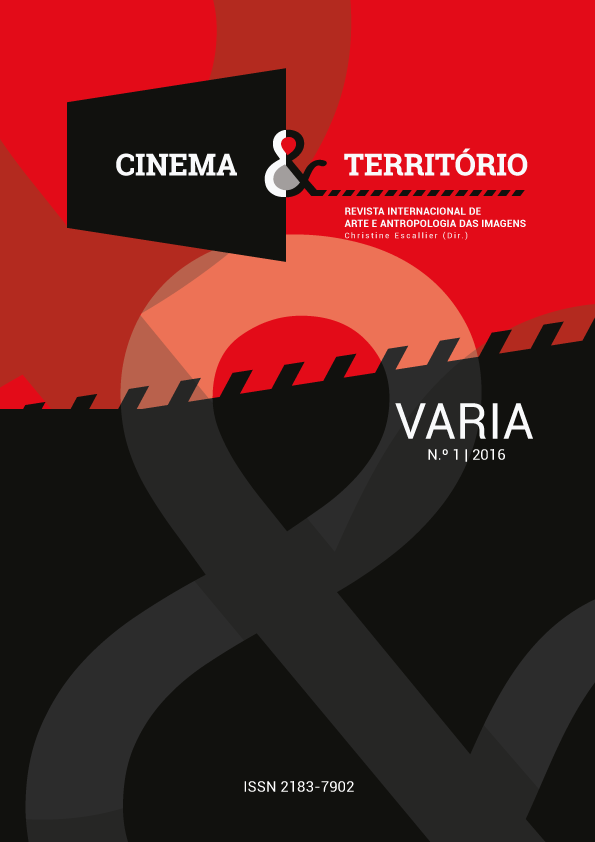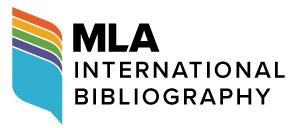Cinema from Weimar to the Third Reich: Power and "Nationalcharakter"
DOI:
https://doi.org/10.34640/universidademadeira2016barKeywords:
Weimar cinema, Third Reich, power, NationalcharakterAbstract
Although the Volksempfänger radio and the Hugenberg press functioned as preferred vehicles of political propaganda even before the Third Reich, cinema was also used for these purposes. After the seizure of power and against the resistance of its Minister of Propaganda, Goebbels, Hitler chose Leni Riefenstahl as principal director of the staging of the ideology of Nazism. With the help of UFA the new way was exploited to 'document' both the alleged 'German spirit' and the influences considered negative and harmful to the 'soul of the people'. The film, as a "collective" product (Eisenstein, Vertov, Brecht), has always been consciously instrumentalized, both by Nazi and Soviet propaganda and by the politics of other countries. However, there are approaches by historians, sociologists, and film critics who link certain trends in German filmmaking during the Weimar Republic to the rise of Nazism (Kracauer, De Caligari to Hitler, 1947, Eisner, The Demonic Screen, 1952). This communication proposes a critical look of these approaches.
References
Adorno, T. W. (1970). Teoria estética, Tradução de Artur Morão. Lisboa: Edições 70.
Adorno T. W. (1955). Prismen. Kulturkritik und Gesellschaft. Berlin: Suhrkamp Verlag.
Bär, G. (2005), Das Motiv des Doppelgängers als Spaltungsphantasie in der Literatur und im deutschen Stummfilm, (Internationale Forschungen zur Allgemeinen und
Vergleichenden Literaturwissenschaft, Bd. 84). Amsterdam, New York: Rodopi.
Bär, G. (2006), “Perceptions of the Self as the Other: Double-Visions in Literature and Film”, in: Processes of Transposition: German Literature and Film, Schönfeld, C.
with Rasche, H., (Eds.). Amsterdam/New Jersey: Rodopi, pp. 89-117.
“Bei der UFA machte man das so …”, DER SPIEGEL 2/1951 (10/01/1951), pp. 22-25 (http://www.spiegel.de/spiegel/print/d-29191835.html).
Benjamin, W. (1987). Obras Escolhidas, Vol. I: Magia e Técnica, 3ª ed. São Paulo: Editora Brasiliense.
Beyer, F. (1991). Die UFA-Stars im Dritten Reich: Frauen für Deutschland. München: Heyne Verlag.
Bloch, E. (1932). Bezeichnender Wandel in Kinofabeln, Gesamtausgabe in 16 Bänden, Werkausgabe edition suhrkamp, vol. IX, Frankfurt /M.: Suhrkamp 1977.
Dietz, K.-M. (1990). Metamorphosen des Geistes III. Vom Logos zur Logik. Stuttgart: Verlag Freies Geistesleben.
Eisner, L. (s.d.). O «Ecran Demoníaco». Lisboa: Editorial Aster.
Elsaesser, T. (2000). Weimar Cinema and After. Germany’s Historical Imaginary. London/New York: Routledge
Ferreira, R. B. (2011). O prognóstico de um mal: Nazismo e opressão no cinema e na literatura alemã, Darandina Revisteletrônica - http://www.ufjf.br/darandina/. Anais do Simpósio Internacional Literatura, Crítica, Cultura V: Literatura e Política, realizado entre 24 e 26 de maio de 2011 pelo PPG Letras: Estudos Literários, na Faculdade de Letras da Universidade Federal de Juiz de Fora.
Furhammar, L. & Isaksson, F. (1971). Politics and Film (trad. Kersti French). New York, Washington: Praeger.
Goebbels, H. (1948). Goebbels Diaries, transl. and ed. by Louis P. Lochner. London: Hamish Hamilton.
Hake, S. (2002). German National Cinema, London and New York: Routledge.
Kadritzke, N. “Chaplin, Hitler und die Nachkriegsdeutschen: Erst kommt das Fressen und irgendwann die Moral”, Le Monde diplomatique, Nº 5935 (10.9.1999). (pp. 8-9). Deutsche Ausgabe.
Kaes, A. (2009). Shell Shock Cinema: Weimar Culture and the Wounds of War. Princeton: Princeton University Press.
Koch, G. (2000). Siegfried Kracauer: An Introduction, (trad. Jeremy Gaines). Princeton: Princeton University Press.
Kracauer, S. (1947). From Caligari to Hitler. Princeton: Princeton University Press.
Kracauer, S. (1993). Von Caligari zu Hitler: Eine psychologische Geschichte des deutschen Films, 2ª ed. Frankfurt /M.: Suhrkamp TB.
Lenharo, A. (2003). Nazismo – “o triunfo da vontade”, 6. Ed. São Paulo, Ática.
Mekas, J. (1974). Movie Jornal, The Village Voice (1974, novembro 7). (p. 88).
Musolff, A. (2012). The Popular Image of Genocide: Adaptation and Blending of Hitler’s Annihilation Prophecy and the Parasite Metaphor in Der Ewige Jude,
Germanistik in Ireland, 7, (org. R. MagShambráin, S. Strümper-Krobb). (pp. 117-127). Konstanz: Hartung-Gorre Verlag.
Retrospectiva do Cinema Alemão Época Muda 1919-1929 Apresentada pela Cinemateca Nacional em colaboração com o Instituto Alemão, Lisboa: Secretaria de Estado da Informação e Turismo, 1971.
Schönfeld, C. (2012). “Erfolg und Misserfolg von Verfilmungen: Manfred Gregors Die Brücke und die Nahaufnahmen des Krieges in Kino und Fernsehen”, in: Germanistik in Ireland, 7, (org. R. MagShambráin, S. Strümper-Krobb). (pp. 81-102). Konstanz: HartungGorre Verlag.
Speer, A. (1969). O III Reich por dentro: memórias, trad. Virgínia Motta, 2 vols. Lisboa, Livros do Brasil.
Tegel, S. (2007). The Nazis and the Cinema. London/New York: Hambledon Continuum.
Downloads
Published
How to Cite
Issue
Section
License
Copyright (c) 2016 Gerald Bär

This work is licensed under a Creative Commons Attribution-NonCommercial 4.0 International License.
For more information follow the link: CC Atribuição-NãoComercial 4.0








